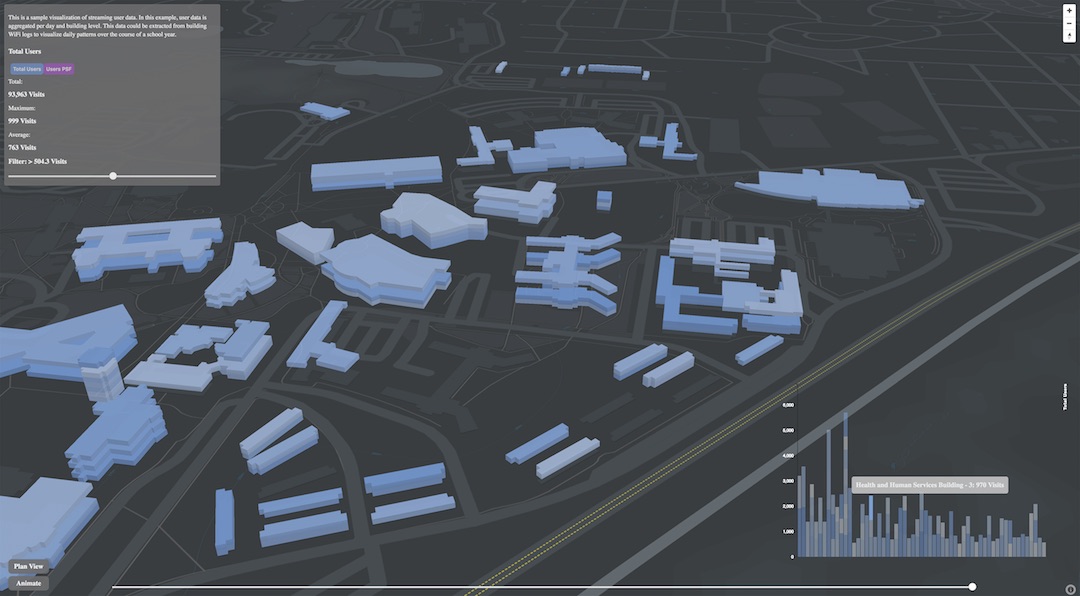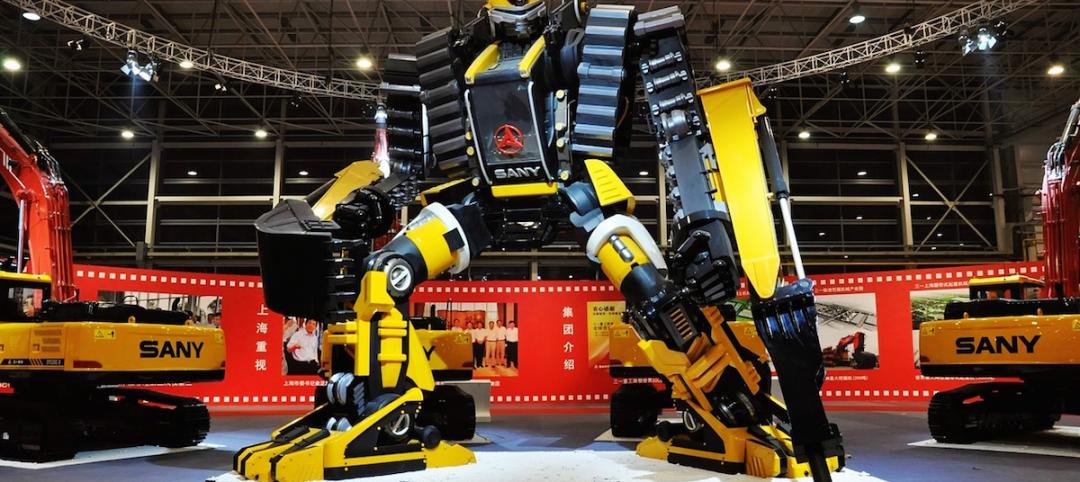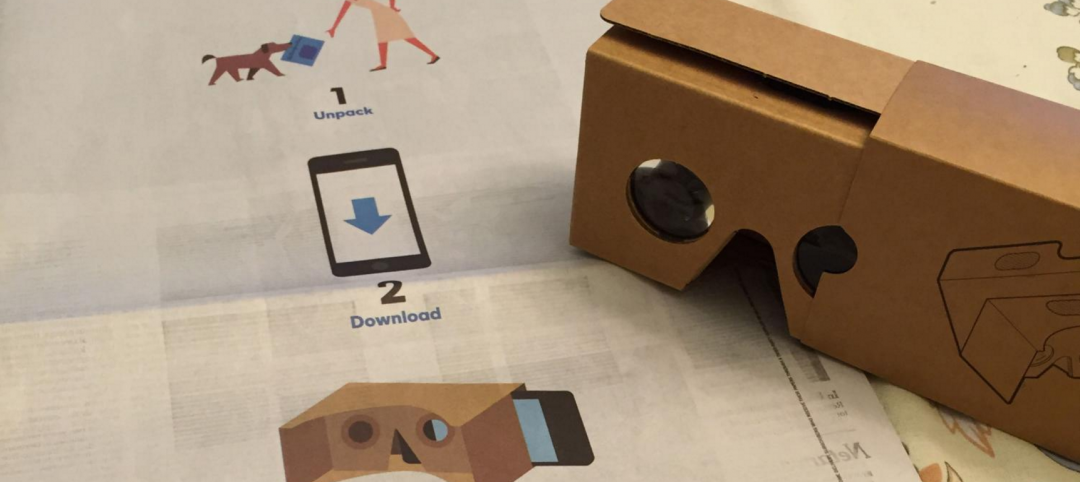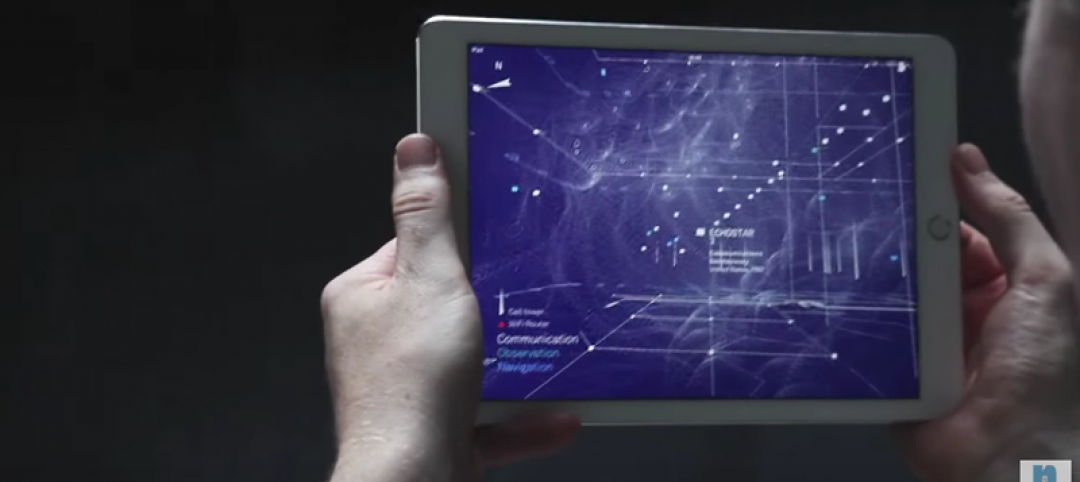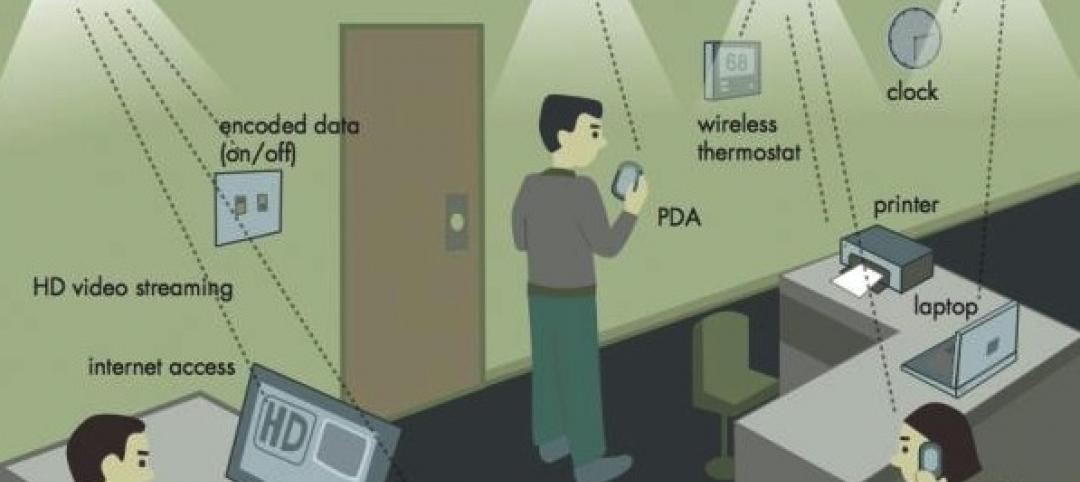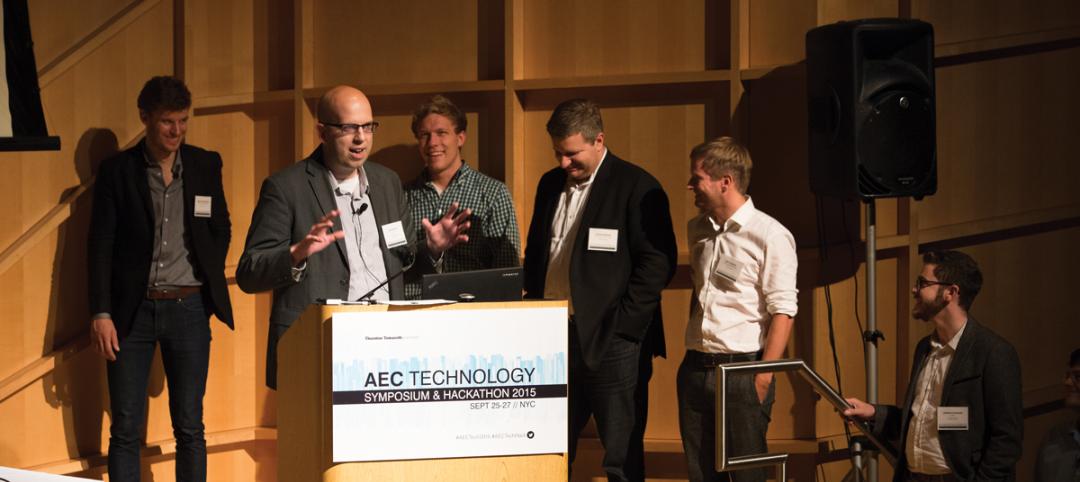Tip of the spear. Cutting edge. Vanguard. These are not words anyone would associate with the construction industry. And when it comes to the nascent technology of artificial intelligence, the construction industry is right near the bottom for both current and future AI adoption.
According to a McKinsey & Company report, only the travel and tourism and professional services sectors have a lower percentage of firms adopting one or more AI technologies at scale or in a core part of their business. When it comes to the average estimated percentage change in AI spending over the next three years, it only gets worse for the construction industry: it’s dead last.
Being last isn’t always such a bad thing, however. Just like how the youngest child gets to watch their older siblings grow up and learn from their mistakes and capitalize on their successes, the construction industry can look at how other industries are leveraging AI, what works and what doesn’t, and take the fast-track to AI dominance.
The McKinsey report identified five current AI applications being used by other industries that could cause an immediate impact in the construction sector:
• Transportation route optimization algorithms for project planning optimization
• Pharmaceutical outcomes prediction for constructability issues
• Retail supply chain optimization for materials and inventory management
• Robotics for modular or prefabrication construction and 3D printing
• Healthcare image recognition for risk and safety management.
In each of these instances, the construction sector would benefit from the work other industries and sectors are putting in to develop the technology. All construction firms would have to do is swoop in and perfect the technology for their own purposes—easier said than done, but still a better option than starting from scratch.
Related Stories
BIM and Information Technology | Jan 26, 2016
How the Fourth Industrial Revolution will alter the globe’s workforce
The next great technological metamorphosis will be unlike anything humankind has experienced before, due to the sheer size, speed, and scope of disruption.
Great Solutions | Jan 20, 2016
Skanska’s new app helps construction teams monitor and meet environmental quality standards while renovating hospitals
App allows users to track noise, differential pressure levels, vibration, and dust
Augmented Reality | Jan 19, 2016
Will Generation Virtuals' office be a pair of glasses?
A waning need for office buildings may be on the horizon, thanks to the possibility of working remotely via new technologies like Google Cardboard, writes HDR's Rachel Park.
BIM and Information Technology | Dec 21, 2015
Laser scanning and in-shop prefabrication a boon for the WellStar Paulding Hospital
Contractor Brasfield & Gorrie’s use of BIM and prefabrication on the Hiram, Ga., hospital shows how digital tools can lead to savings, safety, and better construction.
Sponsored | BIM and Information Technology | Dec 17, 2015
How is the Value of VDC for Design Management Translating Outside the US?
Sascha Vesterlund, a VDC Specialist, Design Processer with MT Højgaard, and Nathan Wood, Innovation at DPR Construction, shared their perspectives on VDC
BIM and Information Technology | Dec 3, 2015
New app visualizes cellular and Wi-Fi signals in an area
Using data collected from millions of cell towers and Wi-Fi routers, the app makes the invisible visible.
BIM and Information Technology | Nov 30, 2015
Light-based wireless technology is 100 times faster than Wi-Fi
Li-Fi, which reaches speeds of 224 gigabits per second, is being tested in Estonia.
Sponsored | BIM and Information Technology | Nov 25, 2015
Contractor leverages dynamic site logistic plan as BIM deliverable
I recently sat down with two Architects-Turned-VDC-Process-Managers to discuss the ways in which they are leveraging technology to bring the value of BIM downstream
BIM and Information Technology | Nov 24, 2015
Solving the data conundrum with better tools to capture, share, and analyze information
At a recent Thornton Tomasetti symposium, experts showed how designs and projects can be improved by granular information that’s accessible to more users.
Modular Building | Nov 19, 2015
AECOM and Project Frog form partnership for building modular data centers
The Rapid Deployment Team will provide solutions for data centers both small (1 MW) and large (50+ MW).


